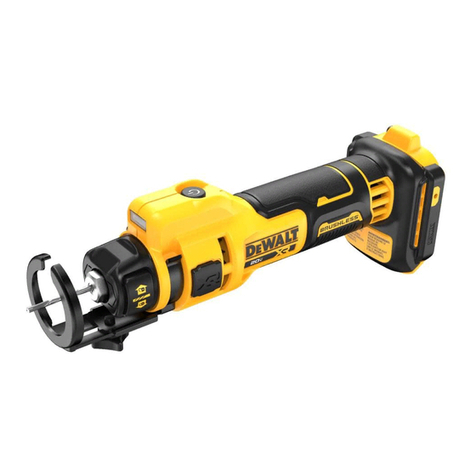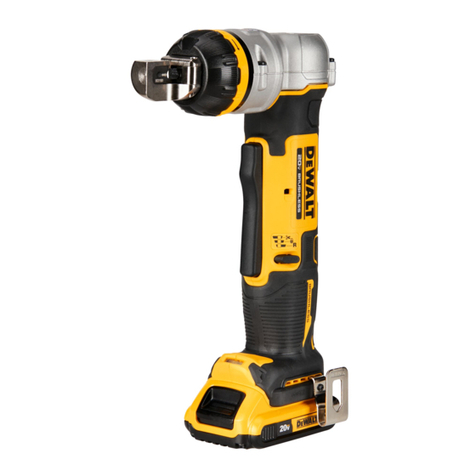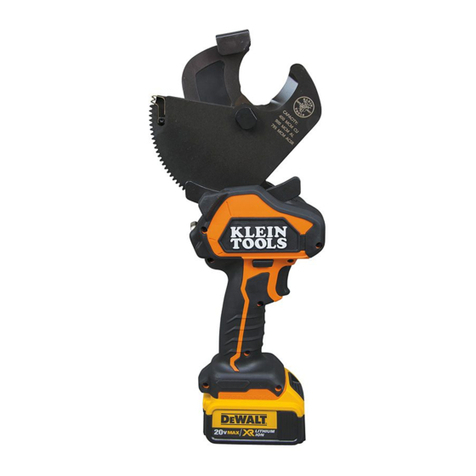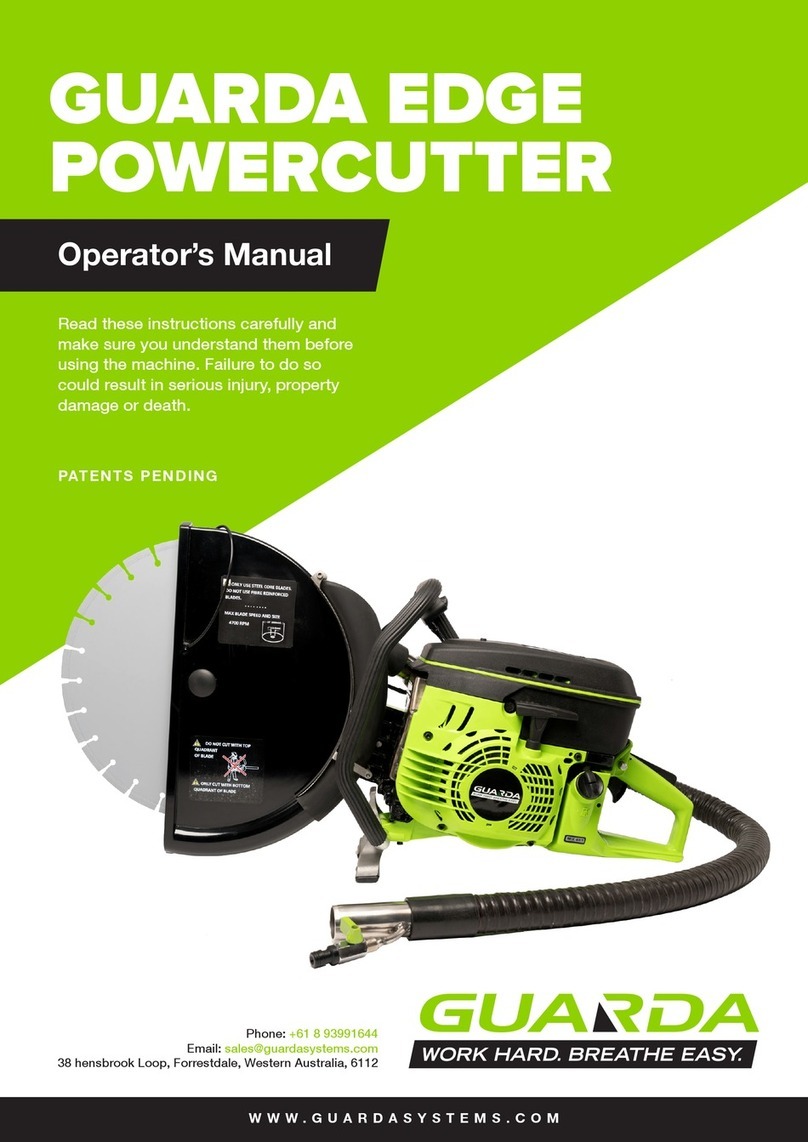DeWalt D24000 User manual
Other DeWalt Cutter manuals
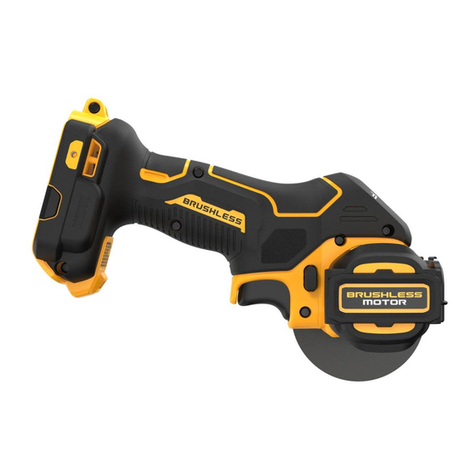
DeWalt
DeWalt DCS438 User manual
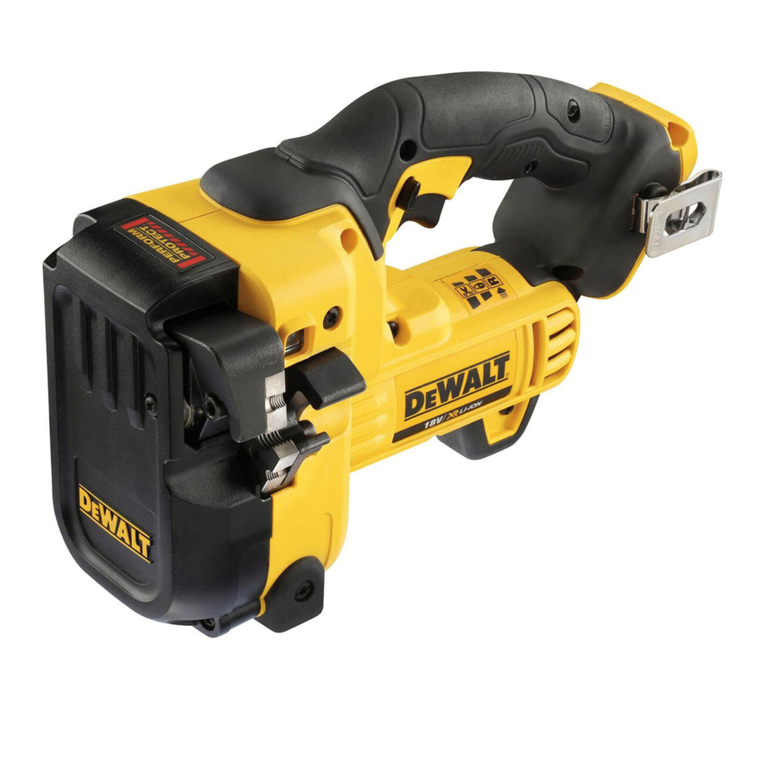
DeWalt
DeWalt DCS350 User manual

DeWalt
DeWalt DWE46066 User manual
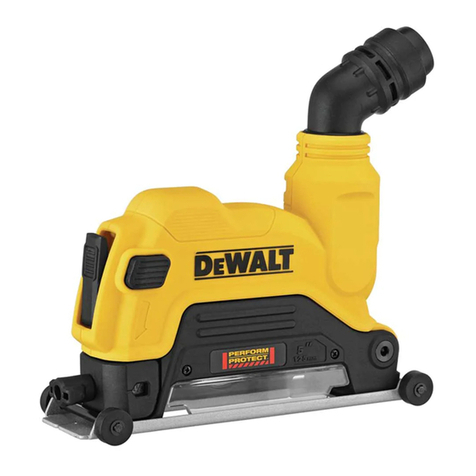
DeWalt
DeWalt DWE46125 User manual

DeWalt
DeWalt DCS438N User manual
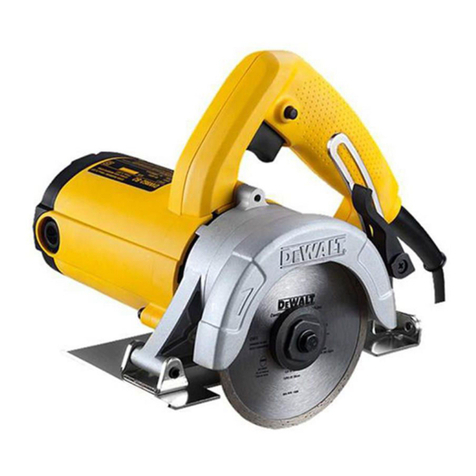
DeWalt
DeWalt DW860 User manual
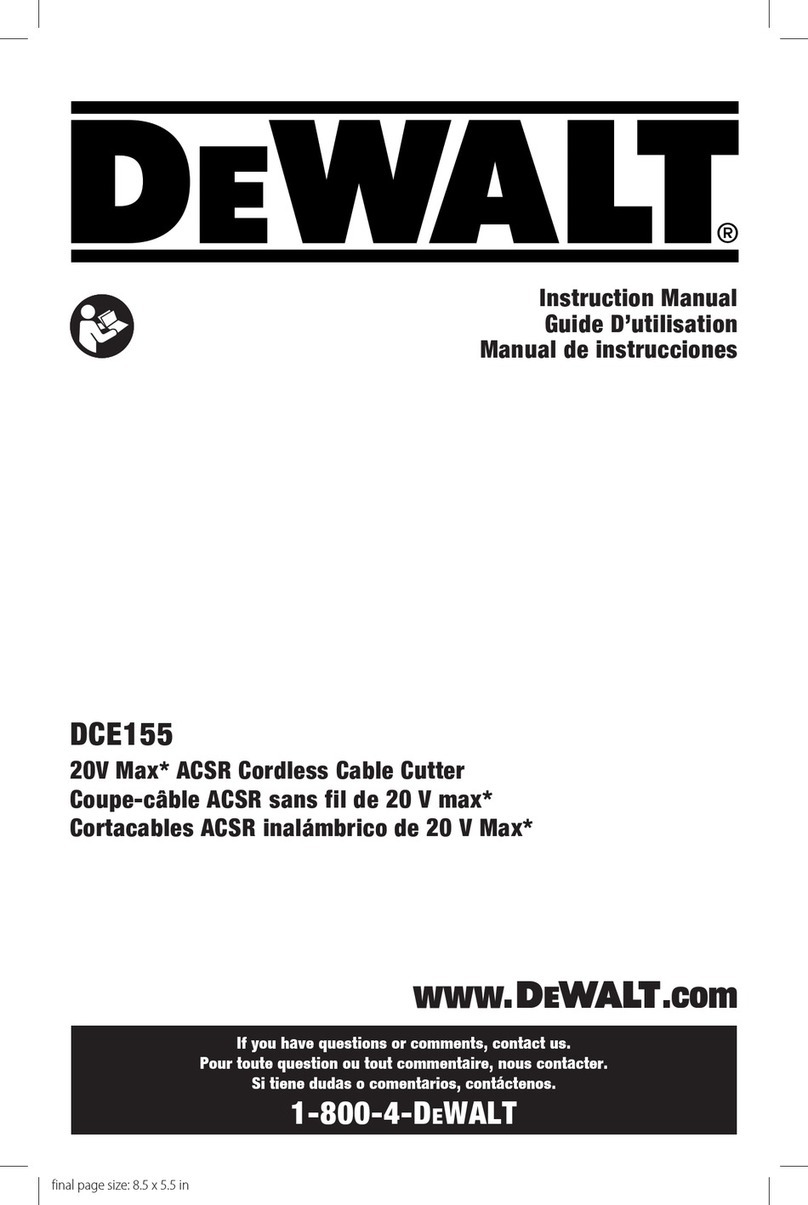
DeWalt
DeWalt DCE155 User manual
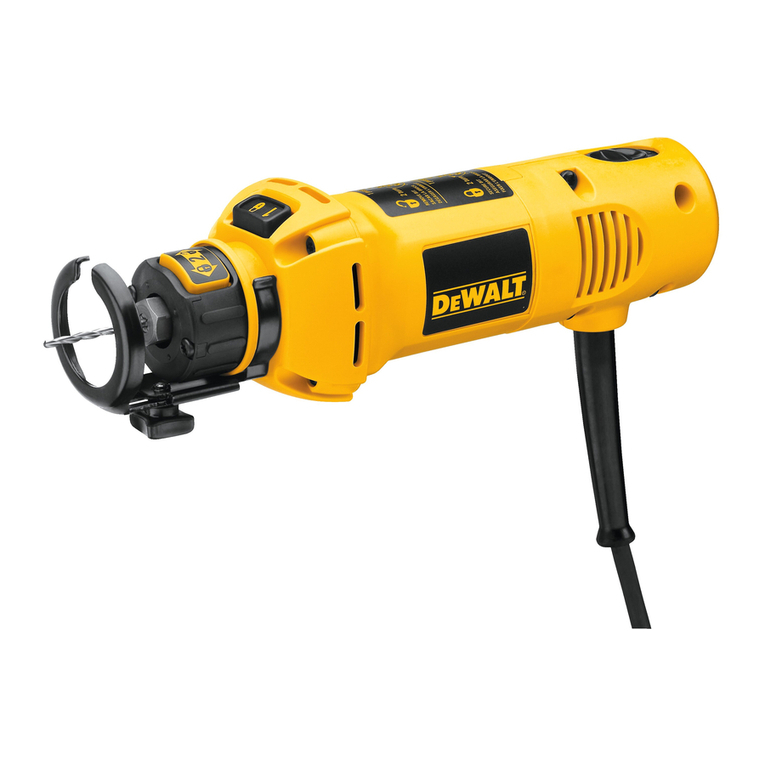
DeWalt
DeWalt DW660 User manual
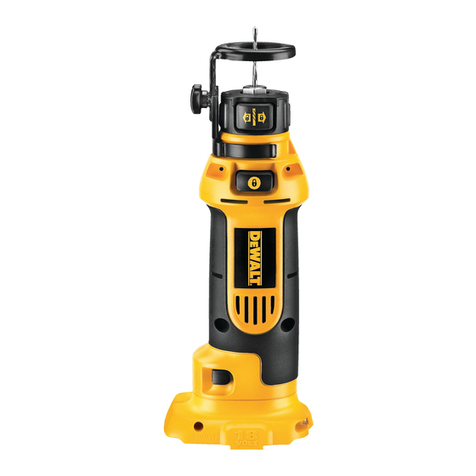
DeWalt
DeWalt DC550 User manual
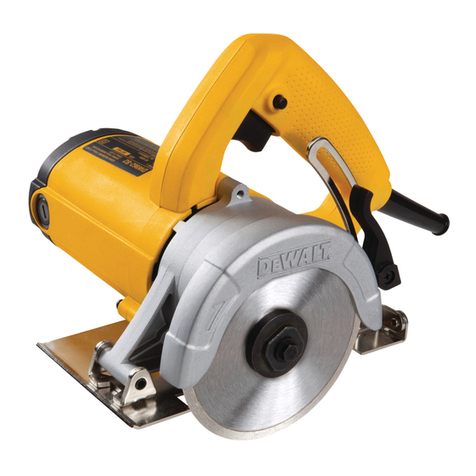
DeWalt
DeWalt DW862B User manual
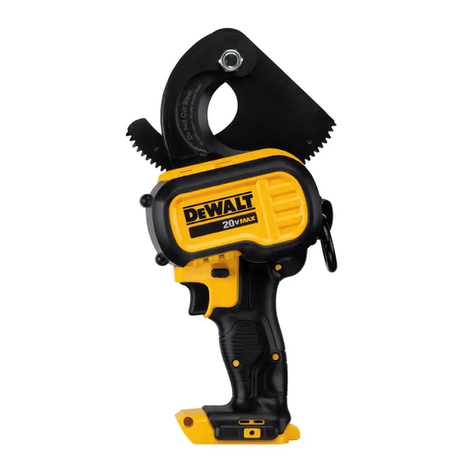
DeWalt
DeWalt DCE150 User manual

DeWalt
DeWalt DW660 User manual

DeWalt
DeWalt XR DCS551N-XJ User manual
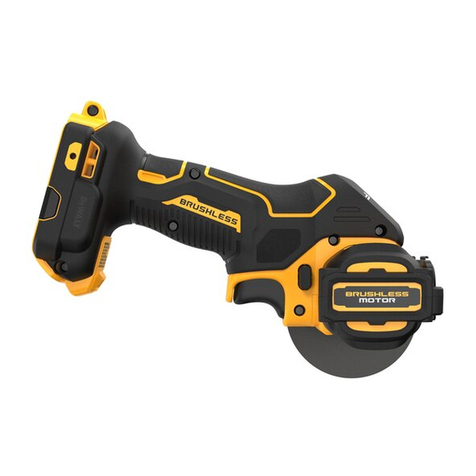
DeWalt
DeWalt XR DCS438 User manual

DeWalt
DeWalt DCS350 User manual

DeWalt
DeWalt XR LI-ION DCS350N User manual

DeWalt
DeWalt Impact Connect DWAPVCIR User manual
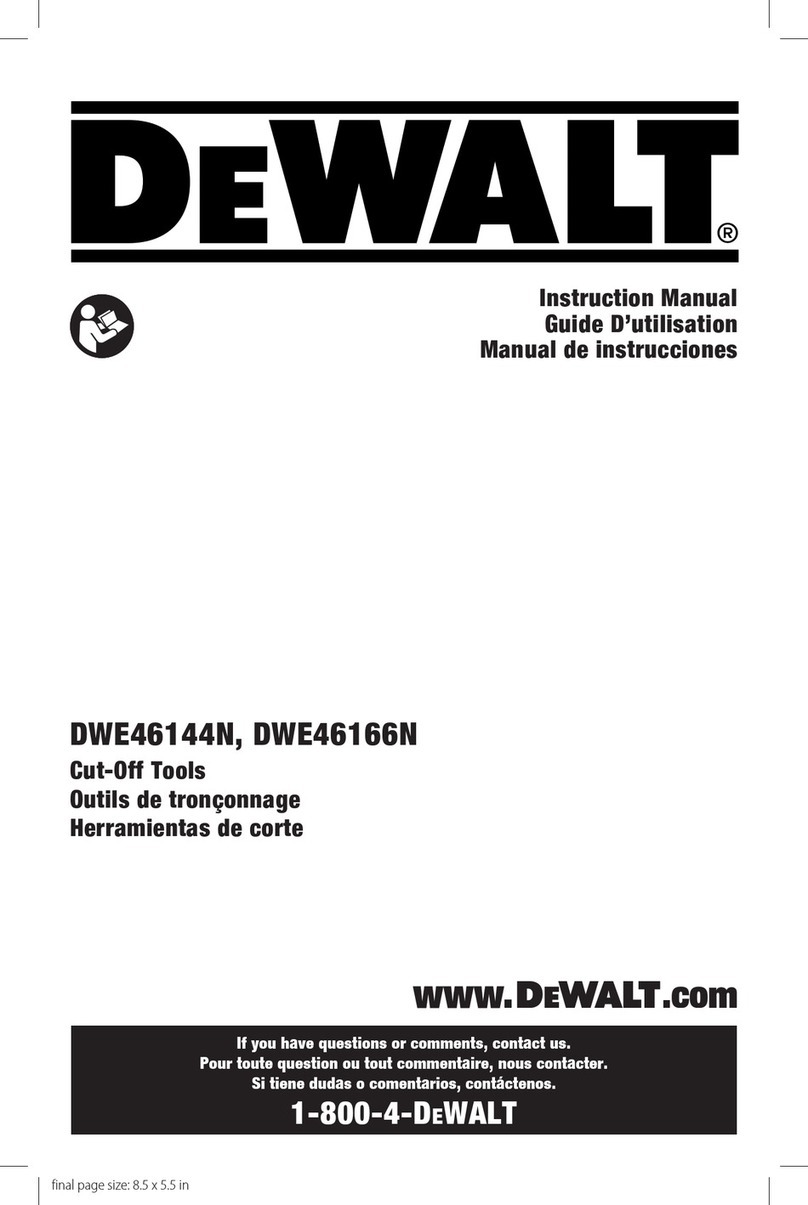
DeWalt
DeWalt DWE46144N User manual
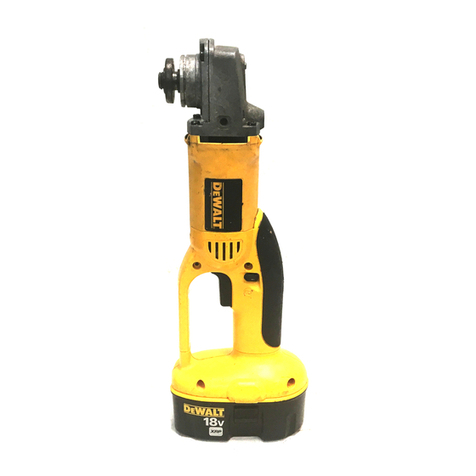
DeWalt
DeWalt DC410 User manual
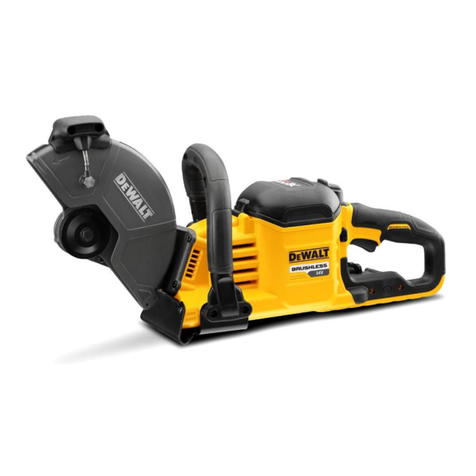
DeWalt
DeWalt DCS690N User manual
Popular Cutter manuals by other brands

Milwaukee
Milwaukee HEAVY DUTY M12 FCOT Original instructions

SignWarehouse.com
SignWarehouse.com Bobcat BA-60 user manual

Makita
Makita 4112HS instruction manual

GEISMAR STUMEC
GEISMAR STUMEC MTZ 350S manual

Hitachi
Hitachi CM 4SB2 Safety instructions and instruction manual

Dexter Laundry
Dexter Laundry 800ETC1-20030.1 instruction manual
